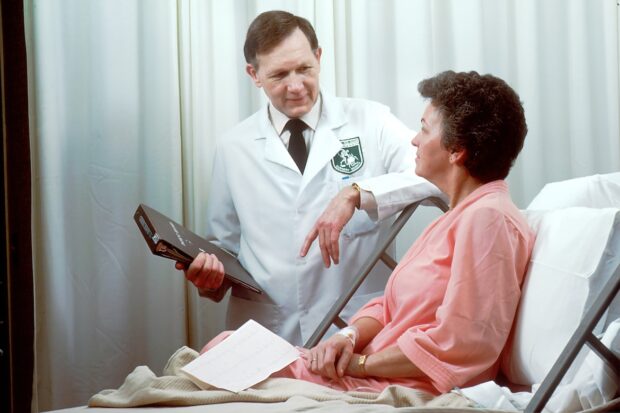Chronic pain is something that more than one in five American adults suffer with. Moreover, with more than 1,500 people dying in the U.S. every week from opioid-related overdoses, it is not surprising that more people are looking for alternative ways of dealing with their ongoing pain. There is now, more than ever, a major focus on pain management rather than pain medication. However, what is the difference between the two.
What is Pain Medication?

Pain medication comes in the form of either over-the-counter or prescription drugs in pill or liquid form. Over-the-counter medications are available to buy in pharmacies or stores and can be bought by adults. These include medications such as nonsteroidal anti-inflammatory drugs (NSAIDS) like ibuprofen, aspirin, and naproxen sodium; acetaminophens like Tylenol®; combination painkillers that contain both acetaminophen and an NSAID; or topical painkillers such as sprays, patches, gels, or creams.
Over-the-counter medications are used to treat pain associated with common ailments such as menstrual pain, toothache, cold and flu, headaches, back pain, and muscle pain. They might also be used to ease the pain and reduce swelling associated with broken bones or minor surgeries.
Prescription medications are not available to buy in stores and can only be accessed by those with a prescription written by a healthcare professional. Prescription drugs are stronger than over-the-counter medications, which is why they can only be prescribed by those with medical training.
Medication prescribed by doctors often include opioids such as codeine and morphine; antidepressants such as tricyclics and serotonin-norepinephrine reuptake inhibitors (SNRIs); muscle relaxers; and anti-seizure drugs such as gabapentin and pregabalin.
Prescription painkillers are typically used to treat the pain associated with conditions such as cancer, migraines, severe arthritis, severe back pain, postoperative pain, nerve pain, and burns.
What is Pain Management?

Pain management incorporates pain medication but also includes various other treatments designed to not only treat pain but also to prevent it. For some people, pain medication does not work. Their pain does not respond in the traditional way to the medication that they are taking, and this can often be because there is no obvious underlying cause of the pain.
Pain management plans are typically provided by specialist pain doctors, such as those who work at KindlyMD. People with chronic pain are often referred to pain clinics because traditional treatments are not working for them.
What Happens at a Pain Clinic?

Pain management physicians will evaluate each individual and try to find the root cause of the pain they are experiencing. They will ask about the pain and what it feels like. For example, it might be a constant dull ache or a sudden sharp pain that comes and goes. For some, pain feels like pounding or throbbing, while for others it is a burning or stinging sensation. Pain doctors will want to know how severe the pain is and will usually ask patients to rate it on a scale of 1-10. They might also ask about whether the pain gets worse or better when the patient moves a certain way or takes part in various activities.
Pain doctors might prescribe a different type of pain medication in the first instance or may suggest that the patient make some changes to diet and lifestyle. Other complementary therapies might also be recommended, such as those that help to relieve stress and anxiety. This might be a course of massage therapy, acupuncture, or meditation. The patient will then return for subsequent visits to evaluate how the plan is working. Pain management is designed to help prevent pain as well as treat it.




